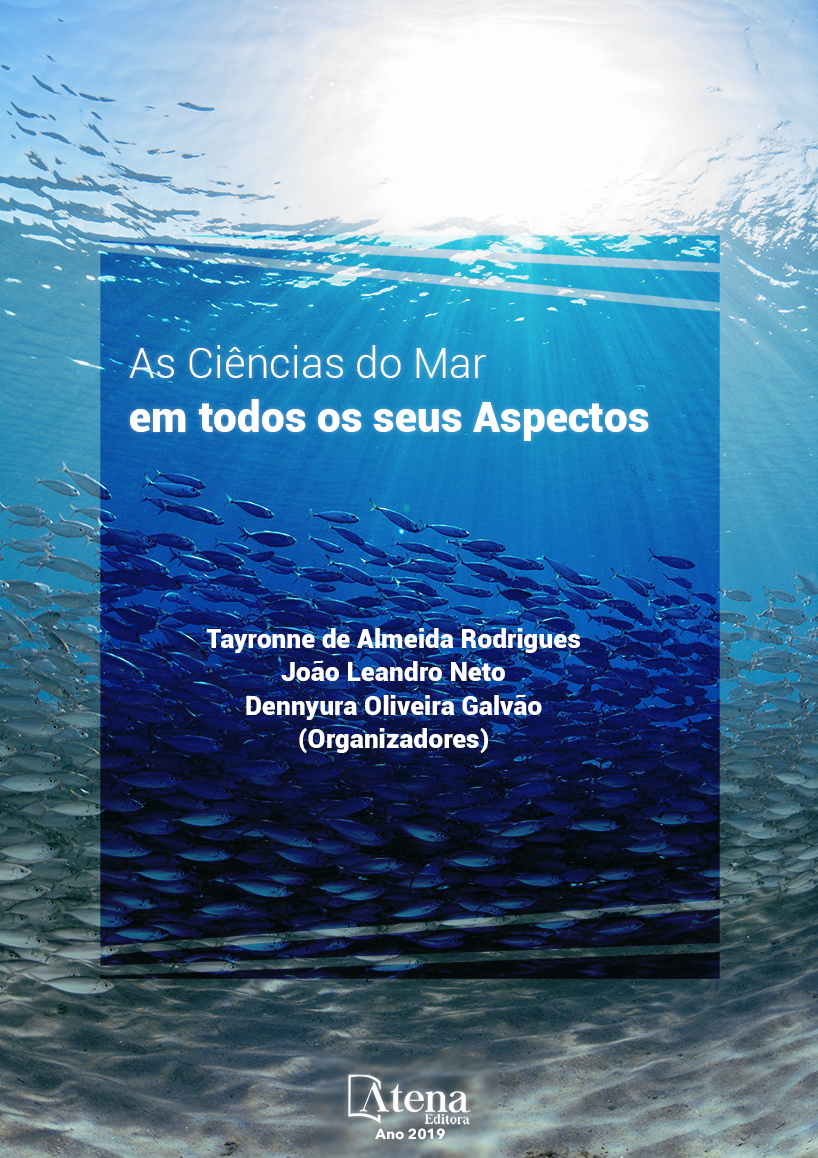
VARIABILIDADE GENÉTICA DE DUAS LINHAGENS COMERCIAIS DE CAMARÃO EXPOSTAS EXPERIMENTALMENTE AO VÍRUS DA MIONECROSE INFECCIOSA (IMNV)
A produção do camarão Litopenaeus
vannamei em 2010, foi responsável por 71,8%
da produção mundial de todas as espécies de
camarões marinhos. No Brasil, foi estimada
a produção de 70 mil toneladas em 2010. L.
vannamei é uma espécie exótica e o acesso a
recursos genéticos desta espécie são limitados.
O presente trabalho teve como objetivo
examinar e comparar a variabilidade genética
de duas linhagens comerciais do camarão
L.vannamei, uma linhagem de crescimento
e outra de resistência ao IMNV, por meio de
genotipagem de marcadores microssatélites em
conjuntos multiplex. Cada amostra foi submetida
a uma reação de PCR-multiplex para dois
conjuntos de locos: conjunto 1 (TUMXL8.256;
TUMXL8.32; PVAN0013) e conjunto 2 (CNMMG384;
CNM-MG421; PVAN1003). Análises
estatísticas incluíram o cálculo de estimadores
de diversidade genética e de índices de fixação.
Observou-se elevado índice de endogamia (FIS)
em ambas as linhagens estudadas (L.C= 0,4482
e L.R= 0,3777), bem como elevado índice de
diferenciação genética (FST= 0,1530). A linhagem
de crescimento apresentou heterozigosidade
observada superior (Ho= 0,2147) à linhagem
de resistência (Ho= 0,0745). Em conclusão, a
análise de locos de microssatélites revelou
diferenças genéticas significativas entre as
populações além de apresentarem sinais de
endocruzamento elevados e variabilidade
genética reduzida.
VARIABILIDADE GENÉTICA DE DUAS LINHAGENS COMERCIAIS DE CAMARÃO EXPOSTAS EXPERIMENTALMENTE AO VÍRUS DA MIONECROSE INFECCIOSA (IMNV)
-
DOI: 10.22533/at.ed.48119090746
-
Palavras-chave: microssatélites, PCR Multiplex, variabilidade genética, genotipagem, Litopenaeus vannamei.
-
Keywords: microsatellite, multiplex PCR, genetic variability, genotyping, Litopenaeus vannamei.
-
Abstract:
Production of shrimp Litopenaeus
vannamei in 2010 accounted for 71.8% of world
production of all species of marine shrimp. In
Brazil, the production of 70 thousand tons was
estimated in 2010. L. vannamei is an exotic
species and access to genetic resources of
this species is limited. The objective of the
present work was to examine and compare the
genetic variability of two commercial strains of shrimp L.vannamei, one strain of growth
and one of resistance to IMNV, by means of genotyping of microsatellite markers in
multiplex sets. Each sample was submitted to a multiplex PCR reaction for two sets
of loci: set 1 (TUMXL8.256; TUMXL8.32; PVAN0013) and set 2 (CNM-MG384; CNMMG421;
PVAN1003). Statistical analyzes included the estimation of genetic diversity
and fixation indices. A high inbreeding index (FIS) was observed in both strains studied
(L.C = 0.4482 and L.R = 0.3777), as well as a high genetic differentiation index (FST
= 0.1530). The growth line showed higher observed heterozygosis (Ho = 0.2147) to
the resistance line (Ho = 0.0745). In conclusion, analysis of microsatellite loci revealed
significant genetic differences among populations in addition to showing signs of high
inbreeding and reduced genetic variability.
-
Número de páginas: 15
- Jamille Martins Forte
- Luiz Fagner Ferreira Nogueira
- Rodrigo Maggioni
- Lucas Lima de Oliveira


